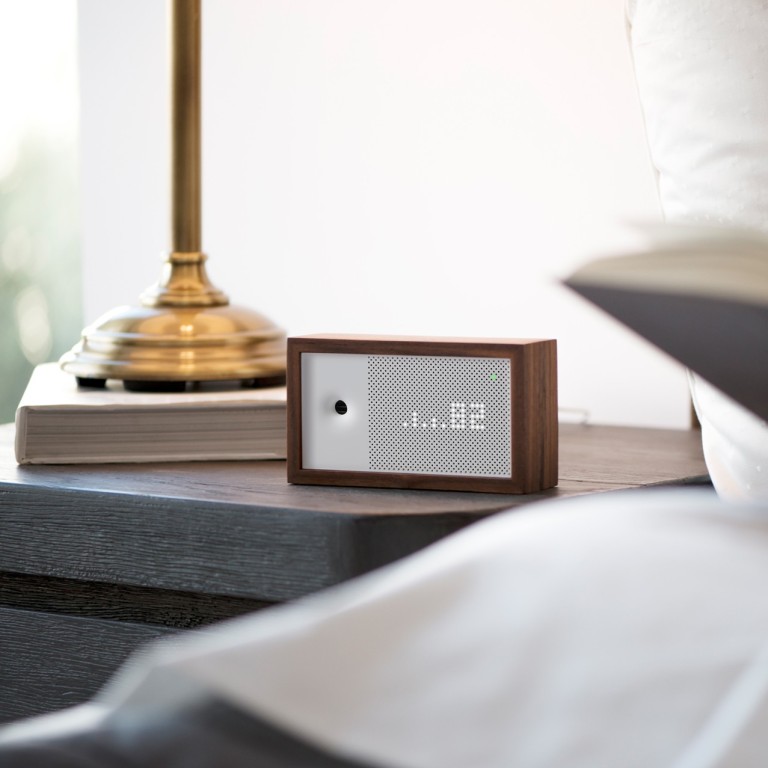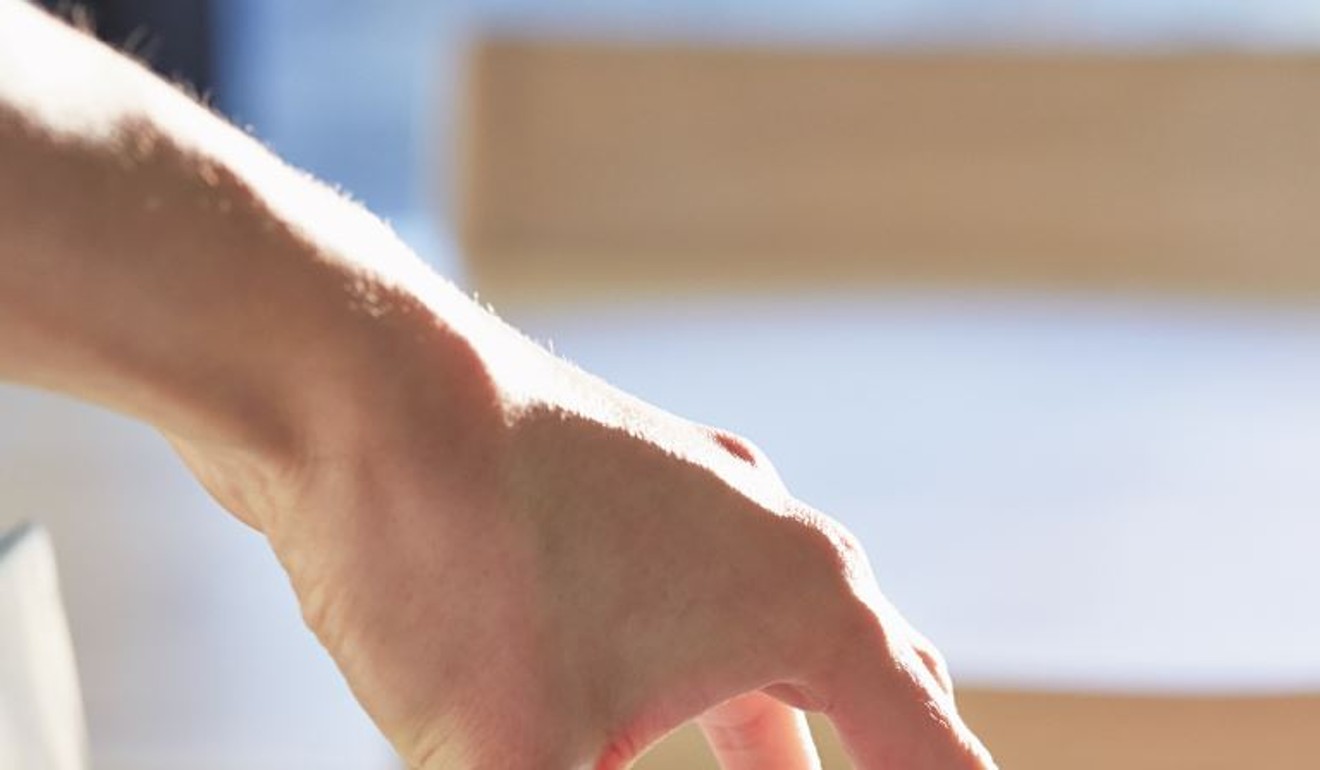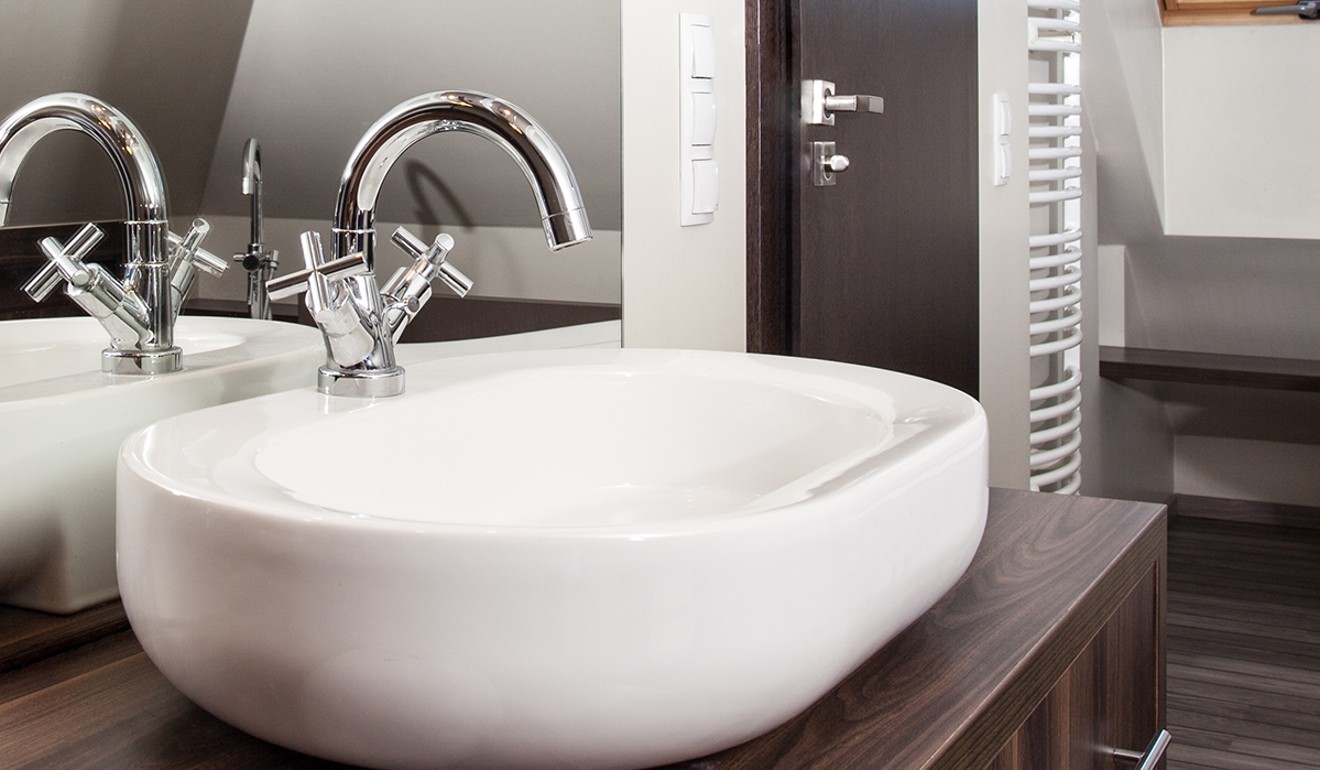How the latest in cybersecurity and smart home tech can help bring peace of mind – whether you’re home or away

Gone are the days of clunky padlocks and brass fire-alarm bells. Today, advances in IoT – the internet of things – have paved the way for smarter, more sophisticated home security and safety measures that provide peace of mind whether you’re inside your home or away from it.

Benjamin Bertrand, connected solutions director of smart home automation brand Somfy, says he sees two major trends in smart home security: the increasing application of artificial intelligence (AI) to enable earlier and better detection of threats, and the integration of security and access control.
5 hi-tech home appliances that will let you put your feet up
“In Europe, Somfy has released an outdoor security camera that’s embedded with AI to detect suspicious behaviour around your home, so the camera can react before a potential break-in. That is one of the ultimate frontiers in security, to not just provide an early response after an attack, but to prevent attacks from even happening,” says Bertrand.

Integration, which involves bundling security-related products like alarms or cameras with access products such as smart door locks or gate openers, gives homeowners a two-way value proposition. “On the one hand, you prevent burglars from breaking in, and on the other hand, you can grant specific, controlled, secured, limited access to your home to whoever you want – a friend, a temporary guest, or a delivery person, for example – even when you are away,” he says.
Smart-home tech is making our lives easier – but can we trust it?
Synchronisation through smart hubs that can be accessed and controlled through smart phone and tablet apps will continue to grow. Ring, Samsung SmartThings and Nest all offer IoT-connected, home security systems that allow you to mix and match floodlights, video cameras, doorbells or smoke detectors.

Higher resolution captures of up to 4K is the biggest innovation in the realm of security cameras, with Reolink’s Go and Argus 2 offering clearer, sharper videos at affordable prices. “Trends in home security cameras will also revolve around smart home integration and AI. With Google Assistant and Amazon Alexa integration, security cameras now allow users to see live streaming using voice commands,” says Amanda Lee, of Reolink.
But safety in the home goes beyond crime prevention, and smart devices that track air quality, temperature, and fire, gas and flooding hazards are becoming more popular.

Available in Hong Kong, Somfy’s TaHoma Bee smart home system controls smart curtains and blinds and smart lighting, in addition to operating motion sensors, window and door opening sensors, and temperature, humidity, and water leakage sensors. “This system is mainly based upon the Zigbee Protocol, which is widespread and offers tons of devices. That means that adding a new sensor on request, such as one for gas monitoring, is very easy to do,” says Bertrand.
Is your smartphone better than your camera at colour accuracy?
For precise indoor air-quality monitoring, the Awair 2nd Edition keeps track of the levels of five key indoor air pollutants – fine dust, volatile organic compounds, carbondioxide, humidity and temperature – that can significantly impact health. The Awair 2nd Edition can also be programmed to optimise air quality for baby health, productivity, and allergies.
To prevent water leakage and potential flooding in your home, there is the compact but powerful Fibaro Flood Sensor. “After detecting a leak, a system equipped with electrovalves will close off the water supply to minimise damage caused by the failure. Wherever you are, this foolproof device will keep your home safe. The small size of the sensor allows exact placement practically anywhere,” says Fibaro Asia-Pacific sales director Rafał Sieminski.
Because smart home security is dependent on your internet network, cybersecurity is a key concern in the growth of smart home tech. Jason Ho, vice-president of electrical and network assurance at Intertek Hong Kong, a company that tests the performance and security of smart homes, says, “Unlike traditional home security systems that do not rely on the internet, smart home security systems and products will be connected to the internet to notify users of any abnormalities within or around the installed premises via the internet. Therefore it is important that cybersecurity evaluation has been done to ensure that your network will not be vulnerable to hackers or intruders.”
Want more stories like this? Sign up here. Follow STYLE on Facebook, Instagram, YouTube and Twitter .

Bundling alarms or cameras with smart door locks or gate openers, gives homeowners the means to keep burglars out while granting secure access to others while you are away
